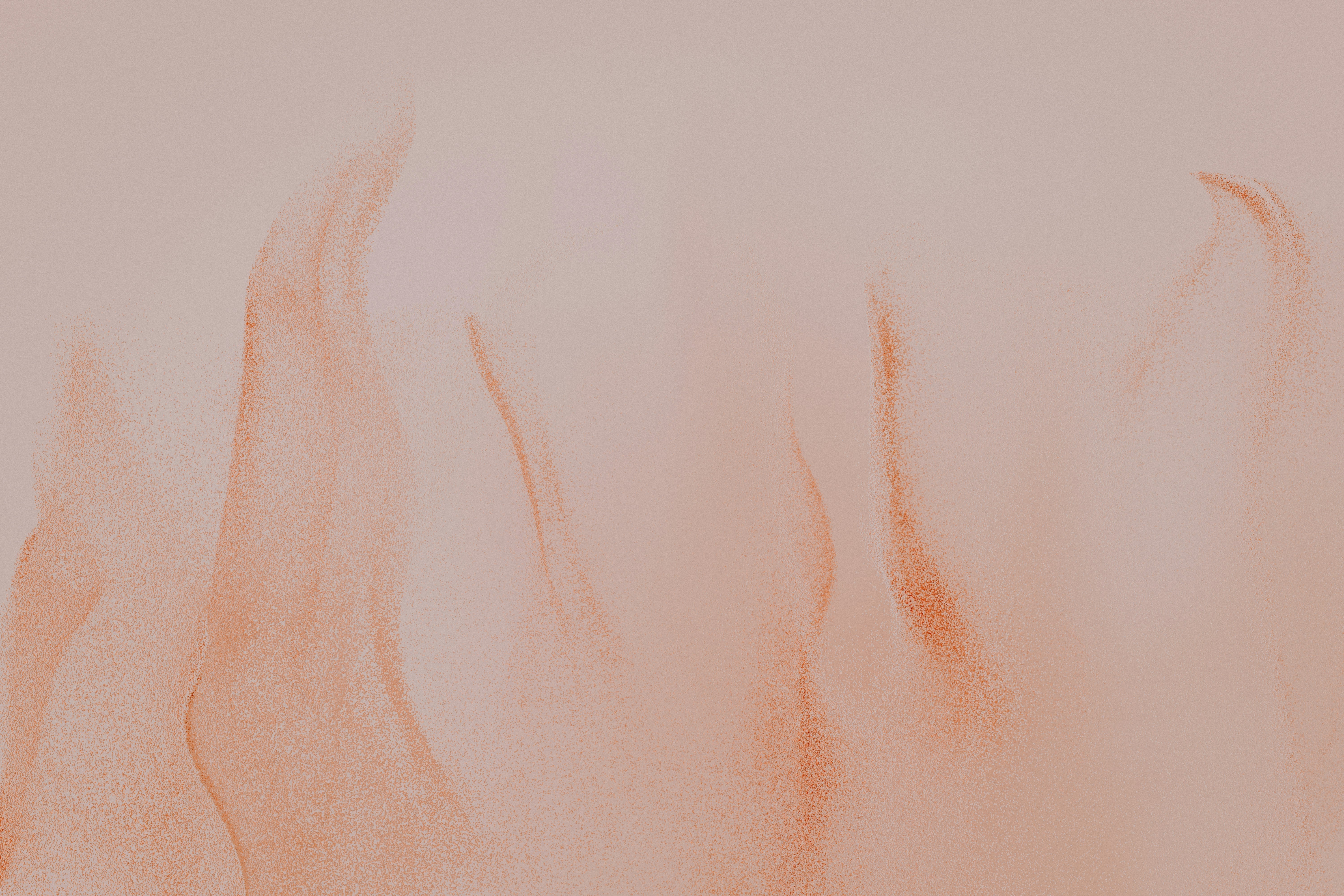Por Jes Williams @feelmoregooder
La “terapia de contraste” moderna, o el “ciclo nórdico” como a veces se le llama, es la práctica de exponer el cuerpo a temperaturas frías y calientes de forma alternada (aunque por separado) para mejorar la salud, potenciar la respuesta inmunitaria y más.
Estas prácticas han llegado al público general, con más marcas que nunca fabricando baños de agua fría y saunas. Queremos desglosar algunos detalles y darte una mejor idea de lo que alguien puede esperar al involucrarse en cualquiera de estas prácticas.
Introducción a la Terapia de Contraste
No es necesario seguir una sesión de sauna con un baño de agua fría (o viceversa) para obtener los beneficios de cada uno, pero vale la pena mencionarlo, ya que esta práctica ha ganado popularidad en los últimos años, principalmente como un complemento para el entrenamiento deportivo y la recuperación muscular. A veces se le llama “ciclo nórdico”.
Esta tendencia tiene fundamentos válidos, ya que la literatura muestra muchos beneficios para la salud. (3, 4) Una aplicación que se ha vuelto común entre los atletas es usar esta práctica como un método efectivo para prevenir el dolor muscular de aparición tardía (DOMS, por sus siglas en inglés). (1) La práctica de la terapia de contraste (en este estudio se hace referencia específicamente a la inmersión alternada en agua fría y caliente) ha demostrado reducir el edema mediante la alternancia de la vasoconstricción y la vasodilatación periférica. Esta acción crea una reacción de “bombeo” o “drenaje” dentro del cuerpo. (1)
Además, es interesante notar que esta práctica no es nueva; se ha practicado comúnmente en algunas culturas durante miles de años, con muchos estudios científicos realizados al respecto (5):
“Además del estrés térmico inducido por el baño de sauna, las exposiciones intermitentes al calor y al frío son una práctica bastante común, por ejemplo, en Finlandia y otros países nórdicos, durante el baño de sauna.” (2)
Este estudio señala que normalmente se practica al salir al ambiente frío entre sesiones de sauna.
Beneficios del Sauna
Incorporar sesiones regulares de sauna (también llamado baño de sauna) está asociado con muchos beneficios para la salud, que van desde la salud cardiovascular y cognitiva hasta la condición física y el mantenimiento muscular. (6)
La exposición a un ambiente caluroso provoca la liberación de proteínas de choque térmico en el cuerpo, que han demostrado ser protectoras contra enfermedades neurodegenerativas, moderar la atrofia muscular, ayudar a reparar proteínas dañadas y ofrecer protección contra el estrés celular. Este estrés térmico, a través del uso de la sauna, genera respuestas horméticas impulsadas por mecanismos moleculares que protegen al cuerpo de daños. Estos efectos son similares a los provocados por el ejercicio de intensidad moderada a vigorosa, y pueden ofrecer una manera de detener los efectos del envejecimiento y extender la vida saludable. (6)
Beneficios adicionales del uso de sauna incluyen:
• Protección contra enfermedades cardiovasculares
• Prevención de múltiples enfermedades neurodegenerativas
• Reducción del riesgo de mortalidad por cualquier causa
• Impacto positivo en el sistema circulatorio
• Mejora de la respuesta inmunitaria
• Modulación del sistema nervioso autónomo
• Disminución de la presión arterial sistémica
• Mejora de la función mitocondrial
La mayor parte de esta investigación se realiza sobre las prácticas de sauna finlandesas (una sauna grande de madera con una unidad central de estufa). Los estudios muestran que esta práctica es un “hábito de salud recomendable”. (7, 8, 9, 10, 11, 24)
Sauna Tradicional vs. Infrarrojo
Muchas personas tienen sus preferencias sobre el tipo de sauna que prefieren. Aunque la mayoría de los estudios se realizan en saunas tradicionales, algunos sugieren que las saunas infrarrojas también ofrecen beneficios. (12)
Sin embargo, es lógico que los beneficios puedan variar ligeramente, ya que las saunas infrarrojas no suelen alcanzar temperaturas tan altas como las tradicionales; por lo tanto, las ventajas relacionadas con la circulación y las proteínas de choque térmico pueden diferir. Además, la fuente de calor de la sauna también influye.
Por ejemplo, los beneficios infrarrojos de una sauna que se conecta a la red eléctrica también se pueden obtener de la exposición al fuego (como ofrecen algunos aparatos modernos de sauna con carpa), sin el inconveniente de la exposición a campos electromagnéticos no nativos (EMF).
¿Sabías que más del 50 % de la energía del sol es luz infrarroja? Además, tu propio cuerpo produce sus propias longitudes de onda infrarrojas. (13, 14) Estas longitudes de onda presentes naturalmente en la luz solar ofrecen muchos beneficios sistémicos para el cuerpo.
Beneficios de la exposición al frío
La exposición al frío, que complementa la otra mitad del llamado “ciclo nórdico”, puede practicarse de varias maneras, como el baño de sauna.
Beneficios de la exposición al frío:
• Mayor resistencia al estrés
• Beneficios para el sistema cardiovascular
• Protección contra la resistencia a la insulina
• Mejora del estado mental/salud mental
• Alivio del dolor
• Reducción de la inflamación sistémica
• Mejora de la biogénesis mitocondrial
• Activación de grasa marrón, asociada con mayor capacidad oxidativa y menor peso corporal (2, 15, 16, 25)
Algo más a tener en cuenta al comparar prácticas como la crioterapia (exposición al aire frío) con un baño de hielo (inmersión en agua) es que el aire frío tiene un coeficiente de transferencia de calor más bajo que el agua fría. Por lo tanto, para extraer la misma cantidad de calor del cuerpo, el aire frío requiere temperaturas mucho más bajas. En otras palabras, el agua fría es más efectiva por esta razón. Más sobre esto en la siguiente sección de esta publicación.
¿El agua fría y el aire caliente son la combinación ideal?
¿Estás considerando todas las formas de implementar tu hábito de “ciclo nórdico”? Aquí hay algo que debes tener en cuenta. Un estudio de 2020 nos muestra que la terapia de baño de contraste (usando agua como fuente de calor o frío) fue efectiva para aumentar el flujo sanguíneo, reducir la rigidez muscular, aumentar la elasticidad muscular y aliviar el dolor.
Sin embargo, sabemos que el agua se considera mejor que el aire para la exposición al frío porque transfiere calor desde el cuerpo mucho más rápido debido a su mayor conductividad térmica. Esto significa que el agua puede extraer calor de tu cuerpo de manera mucho más eficiente que el aire a la misma temperatura. Entonces, si tienes acceso a ambos métodos, el agua es la mejor opción. (22)
Lógicamente, tiene sentido que el aire pueda tener una ventaja sobre el agua en términos de exposición al calor, ya que no deseas perder calor. Por lo tanto, elegirías el medio a través del cual puedas mantener el calor más fácilmente (aire/sauna).
Polifenoles para la Salud Mitocondrial
Además de los otros efectos positivos que tienen en el cuerpo, tanto las prácticas de inmersión en agua fría como de sauna impactan beneficiosamente en la cantidad y la salud de las mitocondrias en tus células.
Otras formas de apoyar tus mitocondrias incluyen agregar compuestos vegetales como el sulforafano, la quercetina, el resveratrol, la curcumina y la berberina, cada uno de los cuales ha demostrado respaldar la eficiencia mitocondrial de diversas maneras. Puedes encontrar estos constituyentes vegetales beneficiosos (polifenoles) en nuestra línea de productos.
Reflexiones finales
Si te encuentras abrumado por los detalles o en un “análisis de parálisis”, simplemente recuerda que hacer lo que tienes disponible probablemente te traerá beneficios para la salud. La idea principal es colocar tu cuerpo en un ambiente donde deba termorregularse.
Por ejemplo, las duchas frías (disponibles para cualquier persona con un baño funcional) son un excelente punto de partida para la adaptación al frío, aunque los beneficios pueden variar ligeramente en comparación con la inmersión en agua fría o la crioterapia. Incluso caminar afuera con poca ropa durante los meses de invierno es una forma de exposición al frío. Parece haber algunas diferencias (en muchos casos triviales) entre el aire frío y el agua fría, pero parte de la literatura sugiere la idea de experimentar con ambos y/o combinarlos en una rutina. (20)
Además, aunque la mayoría de los estudios se realizan en saunas, el baño en tinas calientes (por ejemplo) está profundamente arraigado en la cultura de Japón. (19) Un estudio de 2013 nos muestra que “la mayor reducción del dolor se observó después de la aplicación inmediata de calor húmedo”, lo que podría hacer recomendable el uso del cucharón de estufa en una sauna. (21) Por lo tanto, si tu objetivo al incorporar el uso de la sauna es mejorar la recuperación atlética, quizás podrías probar tanto una sauna húmeda como una tina caliente.
Sin embargo, existe evidencia científica que sugiere que una sauna (aire caliente) ofrece algunos beneficios únicos en comparación con la terapia de agua caliente (agua caliente). Se ha demostrado que las tinas calientes tienen un impacto beneficioso en los niveles de relajación y en la respuesta a la insulina (26), mientras que las saunas están asociadas con la desintoxicación y la eficiencia metabólica gracias a las temperaturas más intensas y la sudoración. (12) Los estudios que comparan ambos métodos directamente son escasos, pero es de esperar que surjan a medida que el uso de la sauna continúe ganando popularidad.
Referencias:
-
https://journals.physiology.org/doi/full/10.1152/ajpregu.00115.2017
-
https://www.sciencedirect.com/science/article/pii/S0531556521002916
-
https://jamanetwork.com/journals/jamainternalmedicine/fullarticle/2130724
-
https://journals.physiology.org/doi/full/10.1152/ajpregu.00115.2017
-
https://scied.ucar.edu/learning-zone/earth-system/types-of-energy
-
https://www.health.harvard.edu/heart-health/hot-baths-and-saunas-beneficial-for-your-heart
-
https://journals.physiology.org/doi/full/10.1152/ajpendo.00222.2023
-
https://www.sciencedirect.com/science/article/pii/S221345302300188X







1 Comment
All 5 of my Brocolite bottles are past expiration dates.
Please call Scott Noxon
4125126139
Snoxon@aol.com
———
BrocElite replied:
Hi Scott, thank you for this comment. I’ve passed your contact info on to our customer service team. Often the Lot Number and the Expiration Date are printed very close to each other on the bottle and makes the bottles appear expired, but we sell out bottles so quickly after production that it’s highly unlikely you’ve received expired bottles if you purchased them from us. That being said, someone from our team will reach out shortly to make sure this is resolved quickly.